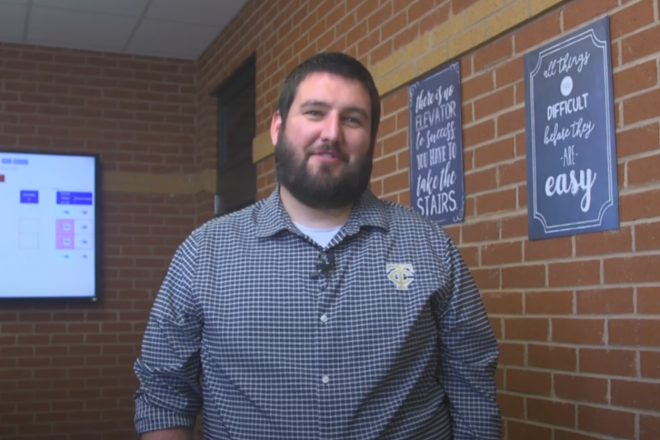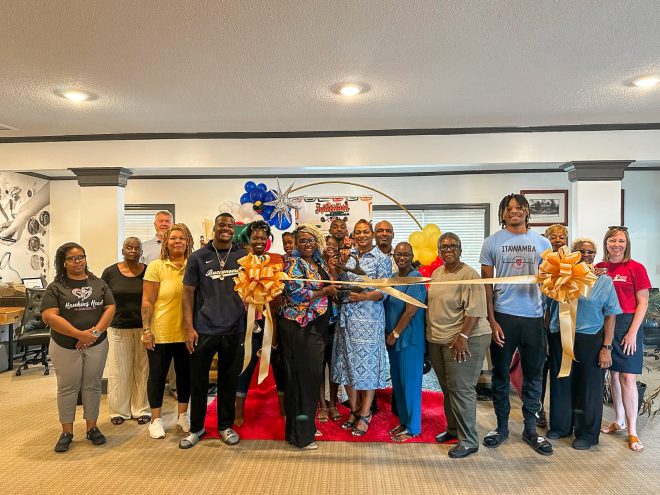Country road, take me home
Published 10:24 am Friday, December 9, 2005
THOMASVILLE — On a clear day, driving on U.S. Hwy. 319 South toward Tallahassee is a treat. Coming around one of its several bends at 65 mph, the hills and the trees begin a quiet dance with the sun. The windows are down. The music is blaring. Life for the time being is good.
At night, well, things are not as serene. If you are making a late start to North Georgia by way of U.S. 319, the elongated, menacing shadows on the roadside created by the headlights of cars is like a scene from a Stephen King novel. Once the orange sun sets and that blue Georgia sky turns pitch black, look in your rearview mirror. What do you see? Probably the top half of your face, illuminated by the dashboard and roadside markers, eerily lit by the burn of your break lights.
But this is not your average country road.
U.S. 319’s presence has made Thomasville the envy of every town in southwestern Georgia. While it brings pleasure and, at some instances, silly fear, it is a fast, efficient and safe way to do travel and conduct the commerce of business. Connecting commuters and distributors to two major interstates in Interstate 75 and Interstate 10 and state corridors U.S. Hwy. 84 and U.S. Hwy. 19, U.S. 319 is a main vein in the heart of southwestern Georgia.
Seventy years ago, U.S. 319 was created in Tallahassee, Fla., ending south of the capital in Eastpoint, with Bradfordville, Crawfordville, Medart, Sopchoppy, Carrabelle and eventually Apalachicola, on its route. Around 1937, U.S. 319 was extended north along the former U.S. 19 route out of Florida to Thomasville. A two-lane canopy road of moss covered trees, U.S. 319 between Thomasville and Tallahassee was dreadful for drivers. With few chances to pass slower traffic and very little light, stories of brutal car wrecks are numerous.
In the late 1980s, U.S. Hwy. 319, along with 13 other highways in the state, was commissioned to be widened into four lanes as a part of Gov. Joe Harris’ Governor’s Rural Improvement Project (GRIP). An attempt to give rural Georgia a sound infrastructure for economic development, Harris wanted 95 percent of the cities in Georgia to have direct access to the interstate system as well as insuring that 98 percent of the state’s citizens were within 20 miles of a four-lane road, said Georgia Department of Transportation media relations specialist Bert Brantley.
With just 72 miles in Georgia, U.S. 319 was the first GRIP project to be completed.
“U.S. 319 and Thomasville is a good example of what they were going for,” Brantley said.
Thomasville-Thomas County Chamber of Commerce President Don Simms knows firsthand the economic benefits of a highway like U.S. 319. While hosting an industrial prospect from Indiana on Friday, his visitor informed him that Thomasville had the best road system “he had ever seen.”
“The road system is a reason that we have been successful, more successful than most rural communities in industrial and economic development,” Sims said. “In a five-county area, we have 28 percent of the population and 50 percent of the retail sales, so our access — people’s ability to get in and out of Thomasville — is major as the majority of industrial prospects that visit the area are tickled in how they can easily access I-75 and I-10, important, north/south and east/west and corridors, respectively.
State Sen. John Bulloch, who served as Thomas County commissioner at the time U.S. 319 was being widened, remembers the enormity of the project. He says U.S. 319’s route through Thomasville accompanied with U.S. 84 and U.S. 19 is the reason why Thomasville has prospered economically.
“I don’t know that you can separate from what transportation has meant to Thomasville and Thomas County,” Bulloch said.
He said there are very few communities — especially ones like Thomasville that have roughly 25,000 people– in the state benefit from three federal highways that are four-lane thoroughfares. He said 319’s access to an east/west route like Interstate 10 and easy entry into a north/south corridor like Interstate 75 is an attraction for businesses which make the logistics of distribution, easy, safe and profitable.
“Look at the transportation influence in Thomasville and what it means and I think we have to look at how that ties us with three federal highways — four-lane intersections — in Thomasville.
“It has really put us in a good situation,” Bulloch said.





